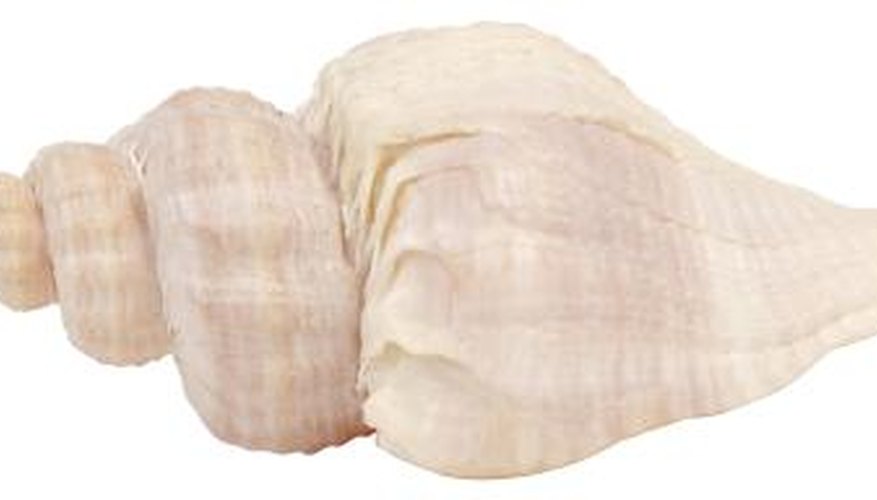Collecting seashells at the shore is an age-old vacation pastime. Some people bring home their collections to display as decorations or to use for crafts. In this case, vinegar has several uses. Vinegar can aid in both cleaning and colouring seashells. However, the acidic liquid can also dissolve seashells when used for extended periods.
Identification
Seashells are sea animal shells, mostly mollusc shells made of calcium carbonate. Seashells are considered to be exoskeletons because animals use the shells as their covering and then, in most cases, vacate the shells. That's when they may wash ashore.
- Seashells are sea animal shells, mostly mollusc shells made of calcium carbonate.
- Seashells are considered to be exoskeletons because animals use the shells as their covering and then, in most cases, vacate the shells.
Vinegar is an acidic liquid made through the oxidation of ethanol in wine, cider or beer, and the combination of additional acids such as citric acid and tartaric acid. Most commonly used in cooking, it can also be used for cleaning and for medicinal purposes.
Dissolving
When vinegar and seashells are combined for an extended period, vinegar can cause a seashell to dissolve because seashells are made mostly of calcium carbonate, which reacts with the acid in vinegar. When seashells are soaked in vinegar for several days, the reaction between calcium carbonate and the acids in vinegar cause carbon dioxide bubbles to form and the seashells to slowly dissolve. However, seashells that are in contact with vinegar for just a few minutes will not begin to dissolve.
Cleaning
Vinegar is also used to clean seashells. Washing the inside of the shell with vinegar, followed by a combination of warm soap and water, will help to clean the seashell of debris and may help remove the smell that often accompanies seashells. Boiling seashells in salt water helps remove bacteria and odour. White vinegar is most commonly used for cleaning.
- Vinegar is also used to clean seashells.
- Boiling seashells in salt water helps remove bacteria and odour.
Colouring
Some crafters choose to colour or dye seashells to create a different look. Vinegar can assist in the dying process by etching the surface of shells so the dye penetrates into the pores of the shell. When colouring shells, mix vinegar with hot water and food colouring or egg-colouring kit mixture. Use only a drop of vinegar to avoid dissolving the shell when it soaks in the mixture.
- Some crafters choose to colour or dye seashells to create a different look.
- Vinegar can assist in the dying process by etching the surface of shells so the dye penetrates into the pores of the shell.
